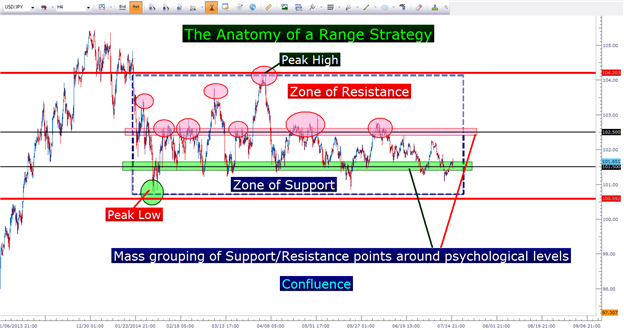
6/9/ · Forex Trading Statistics. Forex markets had a daily turnover of $ trillion dollars in , up from $ trillion in The total value of the forex industry increased from $ quadrillion dollars in to $ in Forex is the only financial market in the world to operate 24 hours a day. The forex market is comprised of Estimated Reading Time: 8 mins ADVERTISEMENTS: The main participants in the foreign exchange market include foreign exchange dealers, financial and non-financial customers, central banks and brokers. Participant # 1. Foreign Exchange Dealers: Most commercial banks in the United States customarily have bought and sold foreign exchange for their customers as one of their standard financial services. But beginning at a [ ]Estimated Reading Time: 8 mins 5/30/ · The Major Retail Forex Market Participants. A large part of the retail foreign exchange market is made up of speculators who hold relatively small positions in the margin accounts of online foreign exchange brokers. It accounts for a small part of the total foreign exchange transaction volume
Who are the participants in the Forex Market? - Quora
A huge part of knowing the market is identifying who the market participants are and getting a hold of the market structure. Contrary to regulated stock markets that trade in shares of public companies, the forex market is not centralized, and it is best to see it as a series of fountains or a wedding cake — the most important participants at the top, with trades cascading down.
The largest participants have the best terms and can move the market with their trades. Because the market is so big, proportion of retail market participants in forex market, it is still hard for any entity to manipulate it. The forex industry works in order of size from the top down. The central banks are national banks. They are responsible for issuing and lending the national currency. Furthermore, central banks are the ones setting monetary policy like interest rates and increase or reduce the supply of their currency.
Also, they have massive reserves of other currencies and stores of value like gold bullion. And this indicates that they hold several powers that can dramatically move the market in their currency when exercised. For central banks, it is way easier for them to devalue their currency than to maintain or increase a value. Also, they have a role in lending and giving liquidity to the largest banks that serve their nations.
Most of the time, people trade market volume in the interbank market — between banks. Banks trade for themselves and their clients. For themselves, they trade as a speculative venture but the size of this business is decreasing and establish their inventory of currency and be a dealer to huge, professional market participants. As dealers, banks profit from the bid or ask spreads they implement on exchange rates quoted to their clients. The most significant customers of the banks are speculative hedge funds and managers of other investment vehicles.
They might want to exchange currencies for financing purchases of securities denominated in currencies that they proportion of retail market participants in forex market not own, hedge against risk in possible fluctuations in currency exchange rates, which could severely affect their portfolios of securities, or to speculate upon such fluctuations for profit. As hedge funds trade in an enormous volume and gain much publicity, the pension fund industry accounts for a bigger total of assets under management.
But while their trading style tends to be more conservative, hedge funds are more significant risk-takers that typically become an immense influence upon the forex market. Similar to investment managers and hedge funds, corporations deal with banks. More giant corporations often deal with the larger banks directly. Then, smaller businesses will work with smaller banks. Forex brokers are corporations and belong in this niche in the chain of dealing. Plenty of corporations are multinational or at least interested in international trade.
And even if they do not, their profits are open to the risk of fluctuations in currency exchange rates. Unfortunately, proportion of retail market participants in forex market, this is the very bottom of the cake — trading on worse terms proportion of retail market participants in forex market to any other listed above.
Also, they need retail forex brokerages to trade. And these brokers might not be hedging their risk on their trades. If they are, they will often use a bank for their forex dealing.
MARKET PARTICIPANTS IN THE FOREX MARKET
, time: 6:35Who Are the Major Forex Market Players? - Forex Training Group
ADVERTISEMENTS: The main participants in the foreign exchange market include foreign exchange dealers, financial and non-financial customers, central banks and brokers. Participant # 1. Foreign Exchange Dealers: Most commercial banks in the United States customarily have bought and sold foreign exchange for their customers as one of their standard financial services. But beginning at a [ ]Estimated Reading Time: 8 mins Participants in Foreign exchange market can be categorized into five major groups, viz.; commercial banks, Foreign exchange brokers, Central bank, MNCs and Individuals and Small businesses. 1. Commercial Banks: The major participants in the foreign exchange market are the large Commercial banks who provide the core of blogger.comted Reading Time: 9 mins 10/3/ · Individuals (retail traders) are a very small relative portion of all forex volume, and mainly use the market to speculate and day trade

No comments:
Post a Comment